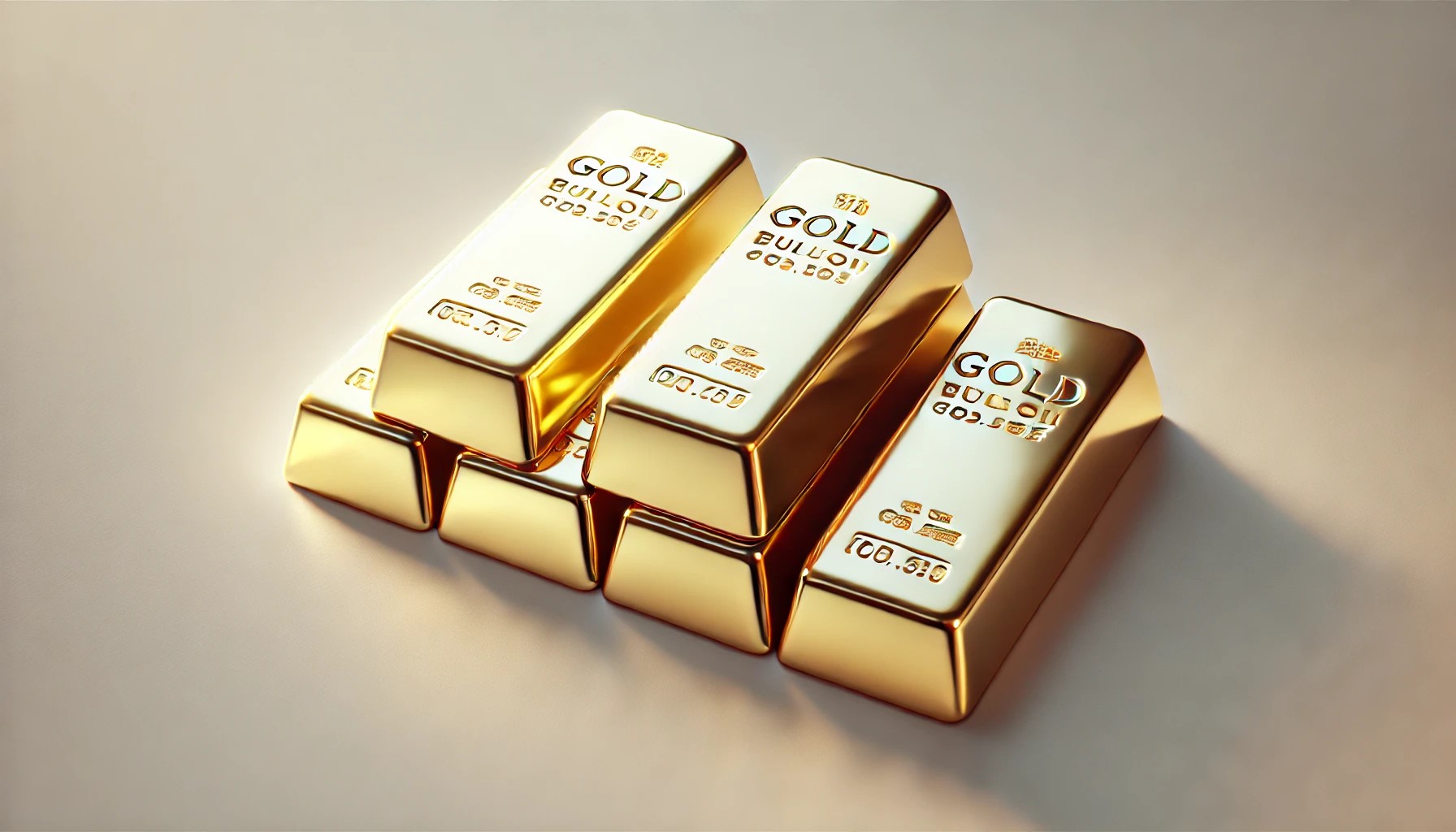Gold has been a symbol of wealth and security for centuries. As a cornerstone of investment portfolios, it’s natural to wonder: What actually determines the price of gold? While gold may seem like an ancient relic to some, its value is influenced by modern financial mechanisms and global dynamics. In this blog, we’ll explore the key factors that shape the price of gold and why understanding them is essential for investors looking to protect their savings.
1. The Role of Supply and Demand
Like any other commodity, the price of gold is significantly influenced by supply and demand. However, gold’s supply dynamics are unique. Annual mining production adds only about 1-2% to the existing global gold stock. Because gold is not consumed like oil or food, almost all the gold ever mined still exists today in various forms, such as bullion, jewelry, or industrial products.
On the demand side, gold has multiple uses:
- Investment: Gold bars, coins, and ETFs attract those seeking a hedge against inflation or a safe haven during economic uncertainty.
- Jewelry: Countries like India and China have a high cultural demand for gold, particularly during festivals and weddings.
- Industrial Use: Gold is a key material in electronics and medical applications, albeit a smaller percentage of overall demand.
When demand outpaces supply, prices rise. Conversely, if demand slows or supply increases, prices can fall.
2. Central Banks and Monetary Policy
Central banks hold significant reserves of gold and can impact its price through buying or selling. For example:
- Purchases by Central Banks: When central banks increase their gold reserves, it signals confidence in gold as a store of value, driving up prices.
- Interest Rates: Gold doesn’t pay interest or dividends, so when interest rates rise, holding gold becomes less attractive, often pushing prices down. Conversely, in low-interest environments, gold becomes more appealing as a store of value.
3. The U.S. Dollar Connection
Gold is typically priced in U.S. dollars, meaning there is an inverse relationship between the two:
- When the dollar strengthens, gold becomes more expensive in other currencies, reducing global demand and pushing prices down.
- When the dollar weakens, gold becomes cheaper globally, increasing demand and driving prices up.
This relationship highlights why gold is often seen as a hedge against a declining dollar or inflation.
4. Geopolitical and Economic Factors
Uncertainty is gold’s best friend. During times of geopolitical tension or economic instability, investors flock to gold as a “safe haven.” Events such as wars, political unrest, or economic crises often cause sharp spikes in gold prices. The recent surge in gold demand during financial downturns illustrates its enduring role as a safeguard against uncertainty.
5. Market Speculation and Futures Trading
The price of gold is also influenced by trading on financial markets. Gold futures, contracts to buy or sell gold at a predetermined price on a set date, play a significant role in price determination. Speculators in these markets bet on future price movements, adding volatility to gold prices.
6. Mining Costs and Production Trends
While less immediate than other factors, the cost of mining gold can impact its price in the long term. High production costs can make mining less profitable, reducing supply and pushing prices higher. Additionally, the discovery of new gold deposits—or the lack thereof—affects the available supply.
Why It Matters for Investors
Understanding what drives the price of gold is essential for anyone considering it as part of their investment portfolio. Whether you’re buying gold to preserve wealth, hedge against inflation, or simply diversify your holdings, being aware of these factors can help you time your purchases and make informed decisions.
Conclusion
Gold’s price is shaped by a complex web of factors, from the tangible realities of supply and demand to the abstract forces of global politics and monetary policy. By staying informed about these dynamics, you can better understand gold’s role as a financial asset and its potential to protect your savings in uncertain times.


